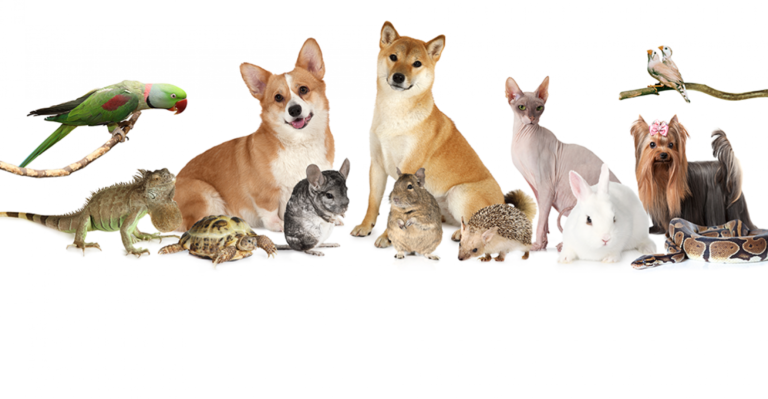Table of Contents
Introduction
Pets are a necessary piece of our lives, giving pleasure, friendship, and unrestricted love. However, just like humans, they can face health challenges, including obesity. As responsible pet owners, it’s essential to prioritize our furry friends’ fitness to ensure they lead long, healthy lives.
Understanding Pets Obesity
Obesity among pets is a growing concern worldwide, with significant health implications. Factors contributing to pets obesity include overfeeding, lack of exercise, and poor diet choices. Besides affecting mobility and energy levels, obesity increases the risk of various health issues like diabetes, joint problems, and heart disease.
Innovative Exercises for Dogs
Walking Challenges
Regular walks are fundamental for a dog’s physical and mental well-being. To make it more engaging, vary the route, include uphill climbs, or incorporate interval training with short bursts of jogging.
Agility Training
Agility courses offer an excellent workout for dogs, combining physical exercise with mental stimulation. Set up obstacles like tunnels, hurdles, and weave poles in your backyard or visit a dog-friendly agility park.
Swimming Sessions
Swimming is a low-impact exercise that’s gentle on joints yet provides a full-body workout. If your dog enjoys the water, consider swimming sessions in a pool, lake, or dog-friendly beach.
Innovative Exercises for Cats
Interactive Toy Play
Engage your cat’s natural hunting instincts with interactive toys like feather wands, laser pointers, or robotic mice. These toys encourage physical activity and mental engagement.
Laser Pointer Games
A laser pointer can provide endless entertainment for cats, stimulating them to chase the elusive red dot around the room. Ensure to let them “catch” the dot occasionally to prevent frustration.
Climbing and Jumping Activities
Create vertical spaces for your cat to explore by installing cat trees, shelves, or wall-mounted perches. Encourage climbing and jumping to promote physical activity and mental stimulation.
Incorporating Mental Stimulation
Puzzle Feeders
Puzzle feeders make mealtime more challenging and rewarding for pets. These interactive toys require them to work for their food, stimulating their problem-solving skills and keeping them mentally sharp.
Obedience Training
Regular obedience training sessions not only reinforce good behavior but also provide mental stimulation for pets. Teach them new commands, tricks, or agility exercises to keep their minds engaged.
Balancing Diet and Exercise
Importance of Portion Control
Alongside exercise, maintaining a balanced diet is crucial for managing your pets weight. Measure their food portions according to their age, size, and activity level to prevent overfeeding.
Healthy Treat Options
Opt for nutritious treats like fruits, vegetables, or lean meats instead of high-calorie snacks. These treats provide essential nutrients without adding excess calories to their diet.
Monitoring Progress and Adjustments
Regular Check-ups
Plan normal check-ups with your veterinarian to screen your pet’s weight and in general wellbeing. Your vet can offer personalized advice and adjustments to their diet and exercise routine as needed.
Adjusting Routines Based on Progress
Monitor your pets progress closely and adjust their exercise routine accordingly. As they become fitter, gradually increase the intensity or duration of their workouts to continue challenging them.

Conclusion
Incorporating innovative exercises into your pet’s routine can make fitness fun and rewarding for both of you. By prioritizing their physical and mental well-being, you’ll help them shed excess weight, improve their overall health, and enjoy a happier, more active life together.
FAQs
How often should I exercise my pet?
- Aim for at least 30 minutes to an hour of physical activity each day for dogs, and shorter, more frequent play sessions for cats.
Can older pets participate in these exercises?
- Absolutely! Tailor the activities to their age and mobility level, and consult with your vet for guidance.
What if my pet doesn’t enjoy traditional exercises?
- Experiment with different activities until you find something they enjoy, and consider consulting with a professional trainer for personalized recommendations.
What amount of time will it require to get results from these activities?
- Results vary depending on your pet’s starting fitness level and adherence to the exercise routine. Consistency is key!
Are there any exercises I should avoid for certain breeds or health conditions?
- Yes, certain breeds or health conditions may require modifications to the exercise routine. Always consult with your vet before starting a new fitness regimen.

